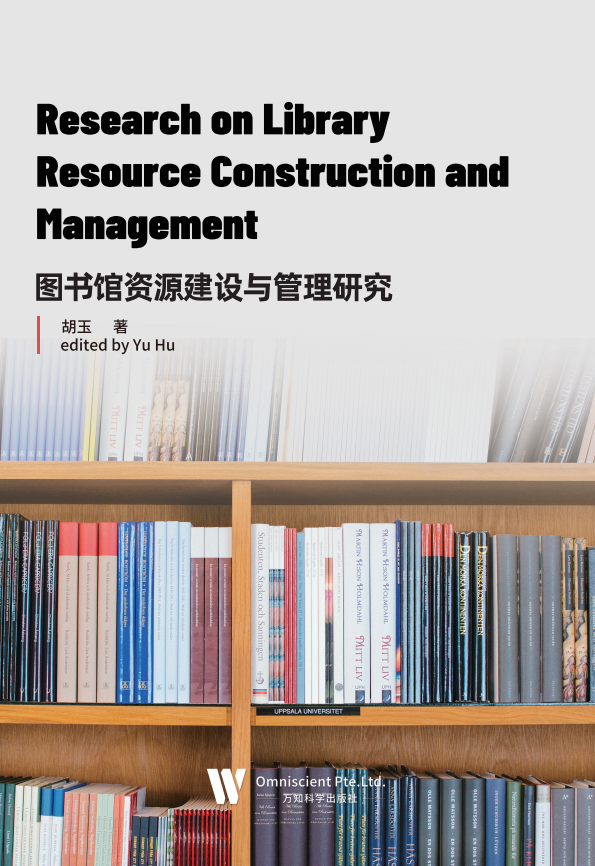
知识经济时代,随着社会信息需求的增强,图书馆必须具备更强的信息功能。 也就是说图书馆必须运用现代信息技术向以业务管理高度自动化、开放的网络化信 息服务、信息资源数字化和电子化、开展网络下的信息增值和经营为基本特征的信 息化图书馆转变,才能和信息化的社会相协调。这是知识经济时代对传统图书馆发 展的要求,也是图书馆在知识经济时代生存与发展的根本条件。 目前,建设、开发和推广信息资源仍是图书馆的主要职能。众所周知,高效地 执行这一职能,不只单单需要加强信息资源的建设,还要综合利用各种图书馆资源, 发挥整体合力。图书馆资源包括设施资源、信息资源、人力资源和环境资源。这四 种资源是图书馆必不可少的基本条件,他们是相辅相成的关系,设施资源是图书馆 的物质基础,信息资源和技术设备资源是高校图书馆的核心,人力资源是信息资源 的执行者,是图书馆正常运行的基本保障,环境资源是图书馆氛围构建的主体,这 四种资源的合理综合运用可使高校图书馆资源、智力、技术、管理和组织文化形成 有力的集合体。 图书馆资源的建设、管理是一个综合性很强的论题,我们只有站得高,才能看 得远,图书馆的真正发展才有可能可持续前行。历史进步的车轮不会因为某些问题 而停下,对于相对比较落后的图书馆工作,我们唯一的出路就是:尊重现实、奋力 搏击、勇于创新、力争上游。
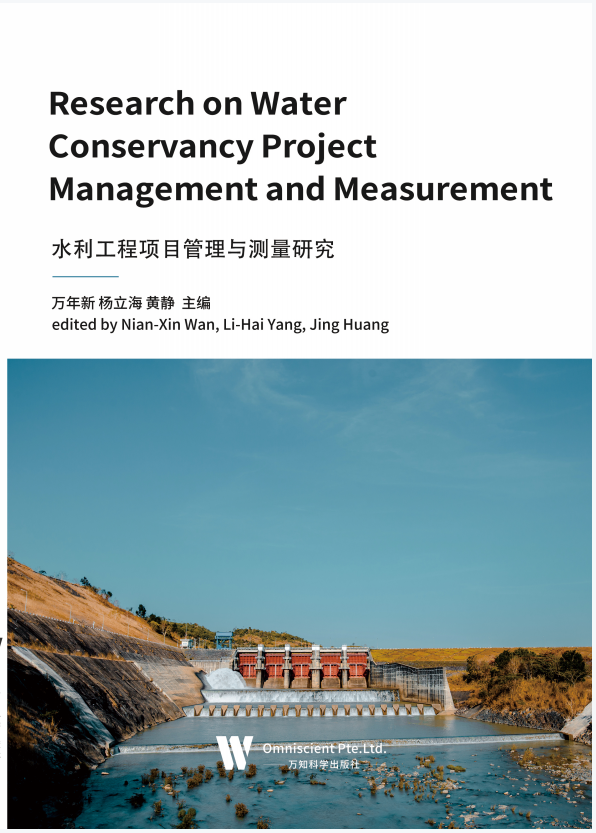
水利工程产生的水电是国家的主要能源之一,为国家经济发展作出了巨大的贡 献。水利工程施工是按照设计提出的工程结构、数量、质量、进度及造价等要求修建 水利工程的工作。由于水利工程项目具有一定的特殊性,对其工程质量的要求也相对 较高。科学合理的水利工程项目管理工作,既能够有效确保水利工程项目的开展,也 能够为其后续工程的施工奠定坚实的基础。水利工程的施工管理责任重于泰山。在项 目施工过程中,必须合理配置各项工作,优化组合各项生产要素,利用现代化的技术 和手段,使施工生产的均衡性和稳定性得到保证,以便生产出更多、更好的合格工程 产品,以提高水利工程企业整体的综合效益,促进施工企业的健康发展。 水利水电工程地质学是调查、研究、解决与各种水利水电工程活动有关的地质 问题的科学。水利工程测量是水利工程项目施工的先前工作环节,是项目建设方案 对施工操作指导和控制的工具,也是确保水利工程项目整体建设质量的关键工序。 为了保障水利工程施工的高效进行,需要完善出一套合理的施工准备方案、健全水 利施工质量监测体系、加强施工人员的培训来提升其技术水平。 本书分为十二个章节,从不同角度对水利工程项目管理、水利工程测量等进行 了详细地分析与阐述,就其中存在的部分问题提出了相应的建议、措施和方法,希 望为水利工程建设发展贡献一份力量。
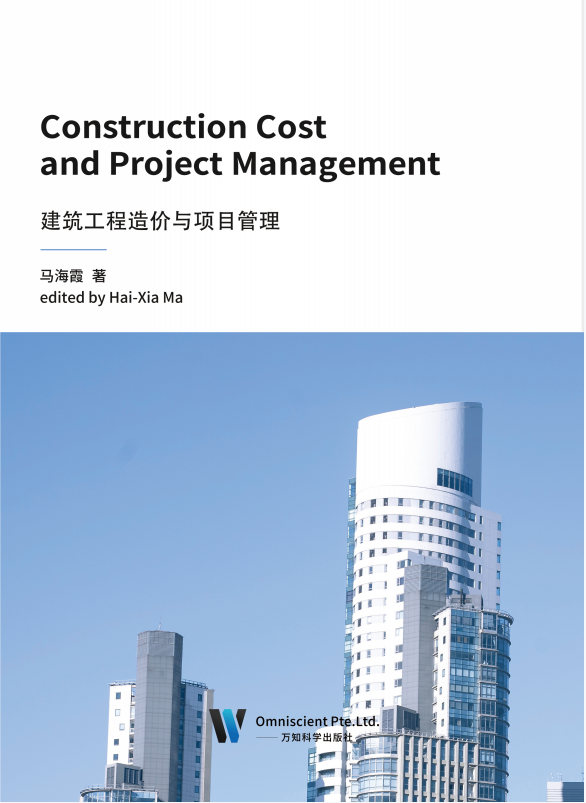
建筑工程施工项目管理是一个复杂的过程,施工企业如何以工程项目管理为中心,提高工程质量,保证进度,降低工程成本,提高经济效益,这是事关企业生存发展的关键。工程造价的确定是一个非常复杂的过程,尤其在建筑工程上,其产品的多样性和复杂性,决定了计价方法的多样性和复杂性,特别是对于政府财政投资的项目来说,对工程造价的控制显得尤为重要,既要保证建筑工程项目的建筑物高质量要求,又要采取严格及有效的措施,合理控制工程造价。
随着我国城市化速度的不断加快,大量的建筑工程项目涌现,这就要求我们加强工程的项目管理。因为有效地对工程造价和成本的管理和控制,可以在确保工程质量的要求下对施工的高效益有所裨益,是建设行业的一项复杂而又具有现实意义的工作。建筑工程造价管理工作很重要,这项工作应自始至终贯穿于建设项目的整个过程,只有这样才能为国家、为企业、为项目控制好工程成本。
优质的建筑工程施工项目管理能够有效地控制工程质量,并且能够提升项目建设单位的经济效益。随着建筑行业市场竞争力度的增强,施工项目管理得到了应有的重视。但是施工项目管理具有一定的系统性,影响其管理水平的因素较多,而且管理内容也会随着施工技术的更新而产生相应的变化,因此,建筑工程施工项目管理应该满足现代化建筑行业发展要求,体现出时代性、科学性的气息。
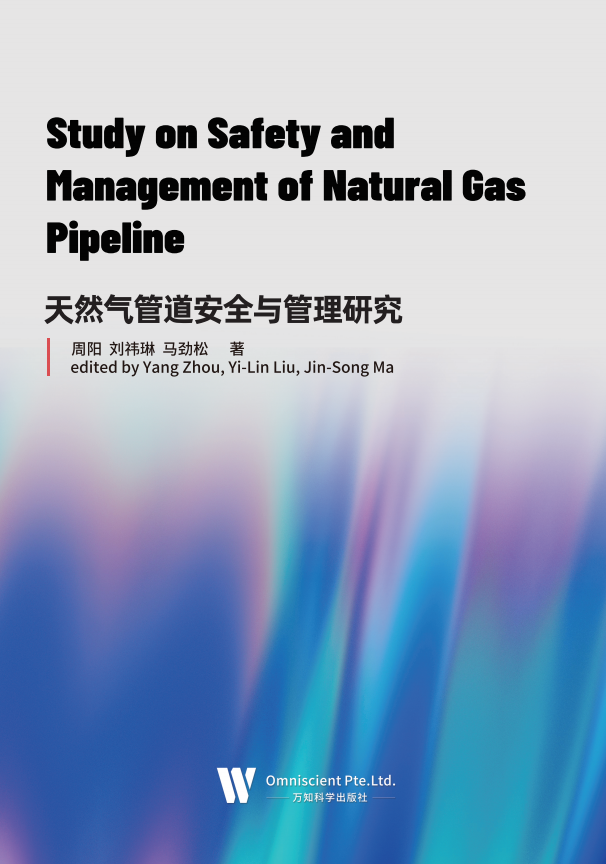
现阶段,天然气已成为一种重要的资源,无论是家庭、国家还是国际上都需要 这种资源,因此天然气管道建设也变得至关重要。天然气管道工程建设进入快速发 展时期,如何进一步加强对天然气管道的安全管理成为一项长期而艰巨的任务。随 着天然气管网的不断发展延伸,各种对管网设施安全构成威肋的因素越来越多,给 我们确保输配系统正常安全运行带来很多问题,发现解决这类安全隐患具有比较普 遍的意义。 随着全球对于天然气需求量的不断增长,天然气管道工程建设也得到了迅速的 发展。在世界管道总长中,天然气管道约占到一半。在进一步提高天然气管道的输 送能力、降低天然气的输送成本的同时,降低在天然气运输过程中对于环境的污染、 加强天然气的安全管理也变得至关重要。 近几年,随着我国经济建设的飞速发展,基础设施建设也得到迅速的发展。优 化天然气管道建设并提高其安全性对促进区域经济发展,构建和谐社会以及国家战 略结构调整方面着重要作用。为了进一步推动石油、石化事业的发展,需要进一步 重视和加强天然气管道的建设,不断扩大建设规模。 天然气管道在运行过程中的安全性、稳定性至关重要,安全管理水平的高低, 将会直接影响到居民在使用天然气时的人身安全。因此,必须要对现有的管理制度 进行不断完善和优化,同时还要加强对天然气管道的检测力度,对现有的管道设计 方案进行优化,这样才能够避免管道发生泄漏等事故。
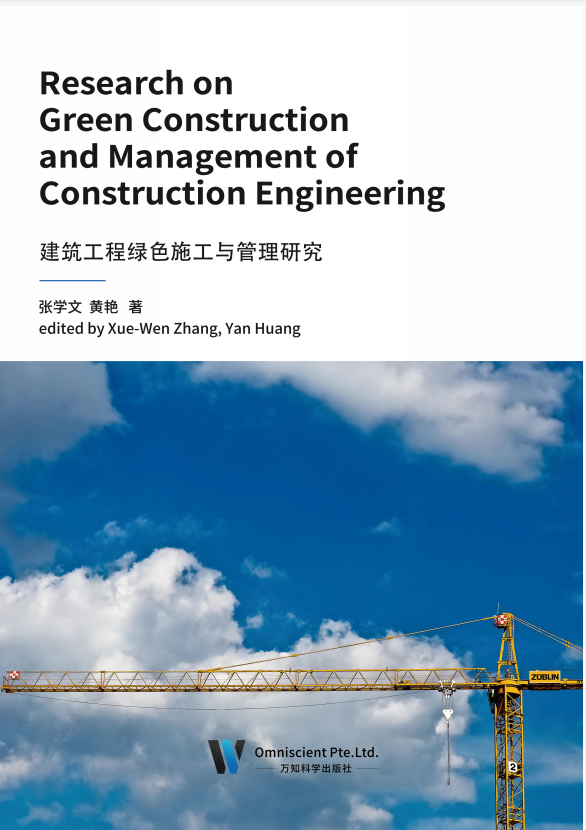
现今建筑中的绿色理念得到广泛关注,其意义与价值已经获得了社会肯定,然而绿色建筑特别对于绿色建筑项目管理来说还是具有不少问题。绿色建筑称作生态建筑,指的是依靠能源的有效利用,建设健康、高效及环保的空间环境,且空间要具备环境空间和谐、空间人居和谐的特点。建筑施工主要是把建设工程的设计意图实际落实的一个过程,其中建筑施工的一系列工序会对建设工程的整体质量造成影响。所以,加强建设工程施工管理工作具有重要意义。绿色建筑属于建筑中的特殊形式,自然绿色建筑施工的管理要求更高。
建筑领域实行绿色施工,其目的就是在确保施工质量基础上,通过采取有效管理措施,尽量减小施工对环境的污染,充分利用回收材料,达到节能、降耗、增效的目的。因此,在采用传统施工技术的同时,要充分考虑保护环境、节约能源、资源利用等因素,并结合工程具体情况制定相应的施工管理措施,保证清洁生产、保护环境的效果。